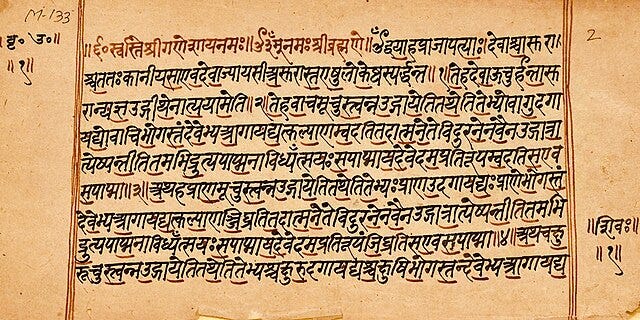Surprise! Dreams are conscious.
Subjectively falling asleep and waking up refreshed eight hours later is something of an illusion. From "The Developing Brain & Consciousness" BaarsLab.com course — The Story of Spikes and Waves.
Perhaps because we dream after losing consciousness every day, we tend to forget that dreams are actually conscious events.
But we now know beyond reasonable doubt that our eight hours of unconscious sleep is interrupted by periods of waking consciousness, which are easily distinguishable in the electrical activity of the cortex (almost exactly like waking); many times we can also see the distinctive signature of “slow, regular, horizontal eye movements” – called REM.
So the first point is that subjectively falling asleep and waking up refreshed eight hours later is something of an illusion.
In fact, we are not densely unconscious every second of being asleep — it only seems like that in the morning.
When scientists started studying night-time EEG they discovered periods of waking activity in the EEG, labeled “paradoxical sleep” by French scientist Michel Jouvet. The word “paradoxical” was suggested that waking EEG happened several times during what we think of as a continuously unconscious eight hours of sleep. When we wake people up during the paradoxical period, sleepers tell us about their dreams — which are in fact conscious states of a kind.
This was already realized by the authors of the Mandukya Upanishad, the shortest and best-known scripture of Vedanta.
Dreams are an interaction between the unconscious and conscious.
The unconscious is the dominant force of the dream. You overlook all your realm of the waking scene while you are dreaming.

The Mandukya Upanishad describes four states of consciousness, namely
the ‘first’ is waking (jågrat),
the ‘second’ is dreaming (svapna),
third is deep sleep (suṣupti),
and ‘the fourth’ is pure consciousness (turiya), beyond and underlying these three states.
The first three states are quite accurate by the standards of modern science, even though the idea of dreaming as a conscious state still strikes many people as counter-intuitive. If you think about that for a while you may find yourself opening up to that idea. And few people doubt that dreams are being driven by our imagination, which is precisely what we learn from ancient attempts at dream interpretation.*
So we see a rather wonderful convergence between modern and ancient understanding of conscious waking, unconscious sleep interrupted by periods of conscious dreaming. This is a surprise even to scientifically careful people, but the evidence for consciousness during dreams has been knocking at our door for 70 years.
In 1929 Hans Berger** first recorded the electromagnetic radiation of the brain during dreaming, and realized that dreaming looks like the waking state. The EEG of waking was called “low in amplitude, fast, and irregular,” which is accurate enough. Today we can analyze that complex signal with hundreds of tiny electrodes.
In Western science, deep sleep is defined by a high threshold to wake the sleeper up, combined with the slow-wave EEG mentioned above. When sleepers are woken up from deep sleep, they do not report the rich conscious stream of constantly changing events.
There seems to be considerable agreement on the first three major states of the daily cycle.
While the Mandukya is accurate on the “first three” states of consciousness, it really celebrates the Fourth — which is a very interesting state commonly experienced by long term contemplatives, and probably by talented novices also.
The Fourth State of Awareness
This Fourth state of awareness, called Turiya in Mandukya Upanishad, simply the Fourth State, is a detached, disengaged, witnessing mode of
consciousness, transcending the other three.
The Fourth State of Awareness is the true “being” state where you just “are.”
You are no longer an actor in the drama of your life, merely a witness.
The Fourth State results from mantra meditation, and we will not cover Western science on that topic here. We will have more to say about scientific evidence for the Fourth State (Turiya in Sanskrit) in another course, because we have surprising scientific evidence. (See Baars, 2013)***
*FN: Freud and Jung language can be confusing.
**Berger H. (1929). Electroencephalogram in humans. Arch. Fur Psychiat. Nervenkr. 87 527–570.10.1007/Bf01797193 [CrossRef] [Google Scholar]
***(Baars, 2013). Baars BJ. A scientific approach to silent consciousness. Front Psychol. 2013 Oct 10;4:678. doi: 10.3389/fpsyg.2013.00678. PMID: 24124418; PMCID: PMC3794454.





